Carpet stains are an inevitable part of life. From deeply ingrained coffee spills to colorful ink blots, each stain presents its own unique challenge. Tackling stubborn carpet stains can feel like an uphill battle - whether it's the fear of setting the stain further or the uncertainty of which cleaning method to use.
"While regular vacuuming removes dust and ground-in dirt and helps keep your carpet from looking dingy and matted, spots and stains are something that even the best vacuum can't handle."
—Amanda Garrity, Staff Writer at Good Housekeeping
Thankfully, with the right techniques, you can keep your carpets looking fresh and clean. In this comprehensive guide, our experienced carpet cleaners provide step-by-step instructions for removing fifteen types of stubborn carpet stains to improve your carpeting's appearance between professional cleanings.
Table of Contents:
Essentials Tips for All Types of Carpet Spills
Before diving into the specifics of removing different types of paint from carpeting, here are some essential tips applicable to all paint types.
- Act Quickly — Prompt action is crucial when dealing with spills on carpeting. No matter the substance: the longer it sits, the harder it will be to remove.
- Blot, Don't Rub — Always blot the stain with a clean cloth or paper towel. Rubbing can spread liquid further into the carpet fibers and worsen the stain.
- Test in an Inconspicuous Area — Before applying any cleaning solution to a fresh stain, test it on a small, hidden area of the carpet to ensure it doesn't cause damage or discoloration.
- Work from the Outside In — When blotting or applying cleaning solutions, work from the outside of the stain toward the center. This helps prevent the stain from spreading.
- Patience is Key — Removing stains from carpeting may require multiple rounds of cleaning. Be patient and persistent, and don't be discouraged if the spot doesn't disappear completely on your first try.
How to Remove Fifteen Types of Carpet Stains
Now, let's proceed with the specific steps for removing different types of substances paint from carpeting.
Beer Stains
Beer spills can leave behind sticky residue and unpleasant odors on your carpet.
- Blot up as much of the spill as possible with a clean cloth.
- Mix a solution of mild dish soap and warm water.
- Dab the stain with the solution, working from the outside in.
- Rinse with cold water and blot dry.

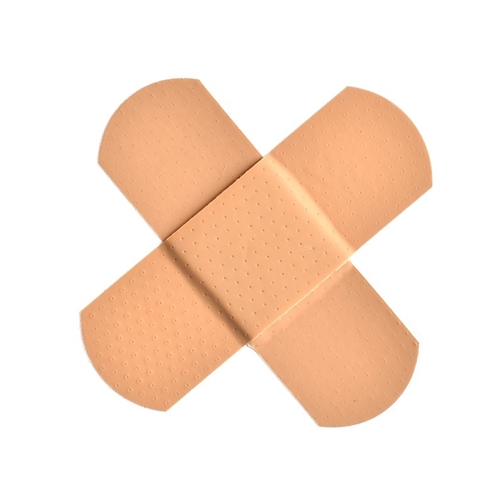
Blood Stains
Blood stains can be particularly tricky to remove from carpeting, but prompt action is key to preventing permanent damage.
How to Remove Blood Stains
- Blot up as much of the blood as possible with a clean cloth dampened with cold water.
- Mix a solution of mild dish soap and cold water.
- Apply the solution to the stain and blot until the stain is lifted.
- Rinse with cold water and blot dry.
Chocolate Stains
Chocolate stains can be a sticky mess to clean up, but with the right approach, you can remove them from your carpeting.
How to Remove Chocolate Stains
- Scrape off any excess chocolate with a dull knife or spoon.
- Mix a solution of mild dish soap and warm water.
- Dab the stain with the solution, working from the outside in.
- Rinse with cold water and blot dry.
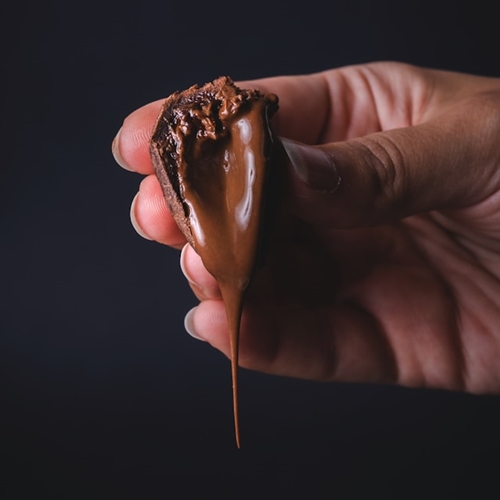
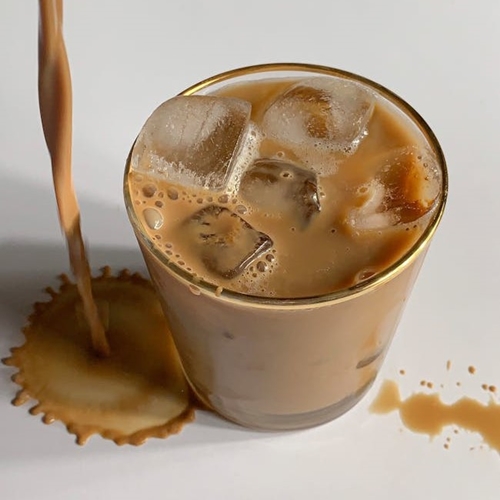
Coffee Stains
Coffee spills are a common occurrence in many households and can quickly leave unsightly marks on your carpet. The dark color and acidity of coffee make it particularly challenging to remove.
How to Remove Coffee Stains
- Blot up as much of the spill as possible with a clean cloth.
- Mix a solution of mild dish soap and warm water.
- Gently dab the stain with the solution, working from the outside in.
- Rinse with plain water and blot dry.
Cosmetic Stains
Cosmetic spills, such as lipstick or foundation, can leave behind oily residues and pigmented stains on your carpet. Prompt action is key to preventing these stains from setting into the carpet fibers permanently.
How to Remove Cosmetic Stains
- Blot Excess Cosmetic: If the cosmetic spill is still wet, blot up as much of it as possible with a clean cloth or paper towel. Avoid rubbing, as this can push the stain deeper into the carpet fibers.
- Spot Test: Before applying any cleaning solution, test it on a small, inconspicuous area of the carpet to ensure it doesn't cause damage or discoloration.
- Determine the Cosmetic Type: The stain-removal process differs depending on whether the cosmetics you've spilled are oil-based or water-based. Check the first few listed ingredients to determine your product's primary composition.
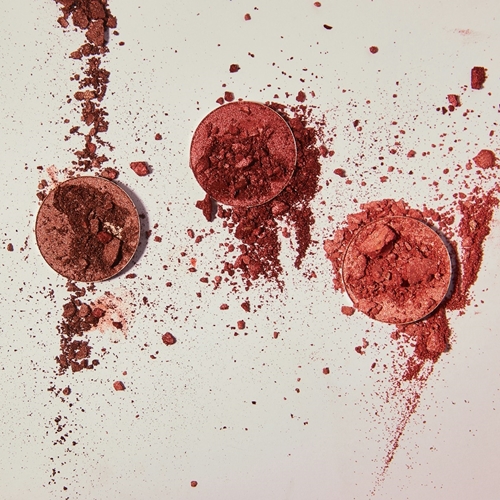
To remove oil-based or water-based cosmetics, proceed with the relevant steps below.
Removing Oil-Based Cosmetic Stains
- Dampen a clean cloth with rubbing alcohol or a grease-cutting dish soap.
- Blot the stain with the cloth, working from the outside in.
- Continue blotting until the stain is lifted. You may need to repeat the process several times.
- Rinse the area with plain water and blot dry.
Removing Water-Based Cosmetic Stains
- Mix a solution of mild dish soap and warm water.
- Dampen a clean cloth with the solution and blot the cosmetic stain, starting from the outer edges and working your way toward the center.
- Continue blotting until the stain is lifted. You may need to repeat the process several times.
- Rinse the area with plain water and blot dry.
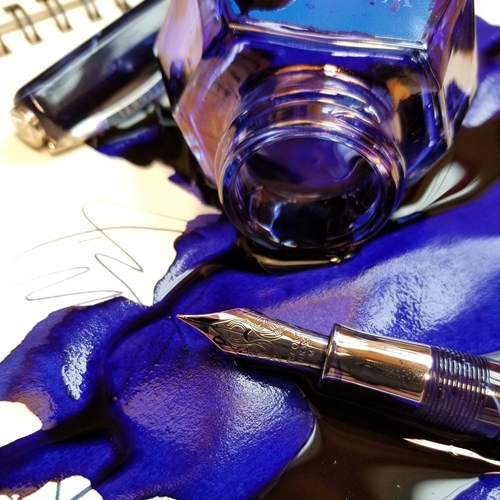
Ink Stains
Ink stains can be particularly challenging to remove from carpeting due to their dark pigments.
How to Remove Ink Stains
- Dampen a clean cloth with rubbing alcohol.
- Blot the stain with the cloth, working from the outside in.
- Continue blotting until the ink transfers onto the cloth.
- Mix equal parts water and vinegar and dab the stain to remove any remaining residue.
Milk Stains
Spilled milk on carpeting can leave behind an unpleasant odor and stain if not promptly addressed. Quick action is key to preventing the milk from seeping into the carpet fibers and causing further damage. Here's how to effectively remove spilled milk from carpeting.
How to Remove Milk Stains
- Blot up as much of the spilled milk as possible with a clean cloth or paper towel.
- Mix a solution of mild dish soap and warm water.
- Dab the stain with the solution, starting from the outer edges and working your way toward the center.
- Rinse with plain water and blot dry with a clean cloth.
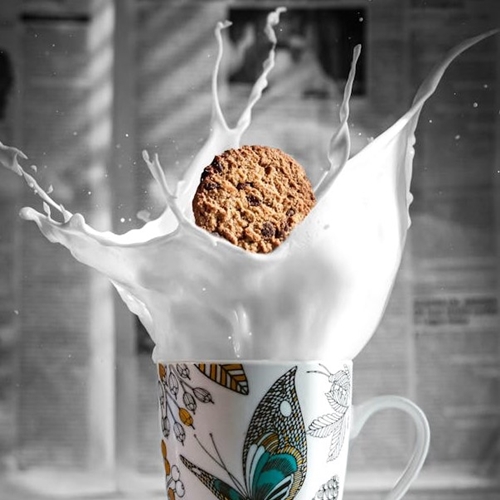
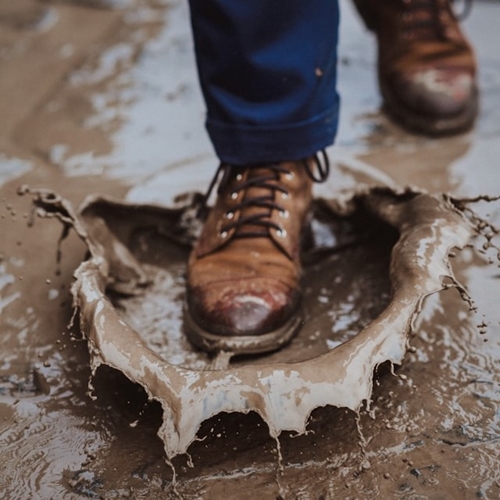
Mud Stains
Mud stains are a frequent problem, especially in households with children or pets.
How to Remove Mud Stains
- Allow the mud to dry completely before attempting to clean it.
- Vacuum up as much of the dried mud as possible.
- Mix a solution of dish soap and warm water.
- Dab the stain with the solution, working from the outside in.
- Rinse with plain water and blot dry.
Nail Polish Stains
Nail polish spills can be tough to remove from carpeting due to their vibrant colors and fast-drying nature.
How to Remove Nail Polish Stains
- Blot up as much of the spill as possible with a clean cloth.
- Dampen a clean cloth with acetone or nail polish remover.
- Blot the stain with the cloth, working from the outside in.
- Rinse with cold water and blot dry.
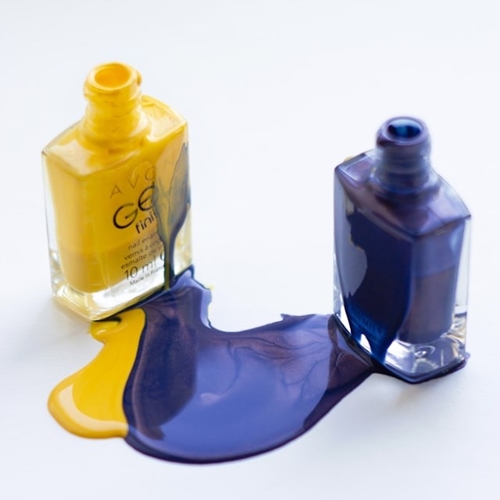

Oil Stains
Grease and oil stains are notorious for being stubborn and can attract dirt and grime if not properly treated.
How to Remove Oil Stains
- Sprinkle baking soda or cornstarch over the affected area to absorb excess grease.
- Dab a small amount of dry-cleaning solvent onto a clean cloth.
- Blot the stain with the cloth until the grease is lifted.
- Rinse with warm water and blot dry.
Paint Stains
Paint stains on carpeting can be daunting, but with the right approach, you can effectively remove them without damaging your carpet fibers. Whether it's acrylic, latex, or oil-based paint, prompt action is essential to prevent the paint from setting into the carpet fibers permanently.
How to Remove Paint Stains
- Identify the Paint Type: Determine whether the paint is water-based (acrylic or latex) or oil-based. This will influence the cleaning method you use.
- Blot Excess Paint: If the paint is still wet, blot up as much of it as possible with a clean cloth or paper towel. Avoid rubbing, as this can spread the paint further.
- Spot Test: Before applying any cleaning solution, test it on a small, inconspicuous area of the carpet to ensure it doesn't cause damage or discoloration.

Once you've determined the type of paint you've spilled, proceed with the applicable steps below for water-based or oil-based paint removal.
Removing Oil-Based Paint Stains
- Dampen a clean cloth with paint thinner or mineral spirits.
- Blot the paint stain with the cloth, working from the outside in.
- Continue blotting until the paint is lifted. Be careful not to saturate the carpet with paint thinner.
- Rinse the area with a solution of mild dish soap and warm water, then blot dry.
Removing Water-Based Paint Stains
- Mix a solution of mild dish soap and warm water.
- Dampen a clean cloth with the solution and blot the paint stain, starting from the outer edges and working your way toward the center.
- Continue blotting until the paint is lifted. You may need to repeat the process several times.
- Rinse the area with plain water and blot dry.
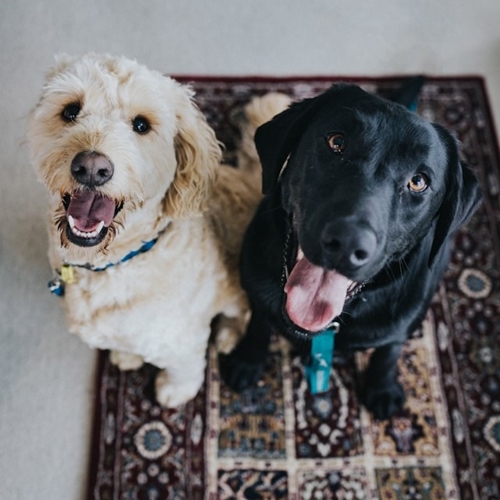
Pet Stains
Pet accidents are a common cause of stains on carpeting and can leave behind both visible marks and unpleasant odors.
How to Remove Pet Stains
- Blot up as much of the mess as possible with paper towels.
- Mix a solution of water and white vinegar.
- Apply the solution to the stain and blot until the stain is lifted.
- Sprinkle baking soda over the area to absorb any remaining odor, then vacuum it up once dry.
Red Wine Stains
Spilling red wine on your carpet can be a nightmare, but with quick action, you can prevent permanent damage. The deep, pigmented nature of red wine makes it one of the toughest stains to remove.
How to Remove Red Wine Stains
- Blot up the excess wine with a clean cloth or paper towel.
- Mix a solution of equal parts water and white vinegar.
- Apply the solution to the stain and blot until the stain is lifted.
- Rinse with cold water and blot dry.


Tomato Sauce Stains
Tomato sauce spills are common in many households and can leave behind vibrant red stains on your carpet.
How to Remove Tomato Sauce Stains
- Scrape off any excess sauce with a spoon or dull knife.
- Mix a solution of dish soap and warm water.
- Dab the stain with the solution, working from the outside in.
- Rinse with cold water and blot dry.
Vomit Stains
Vomit stains can be particularly unpleasant and challenging to remove from carpeting.
How to Remove Vomit Stains
- Remove any solid particles with a spoon or dull knife.
- Mix a solution of mild dish soap and cold water.
- Dab the stain with the solution, working from the outside in.
- Rinse with cold water and blot dry.
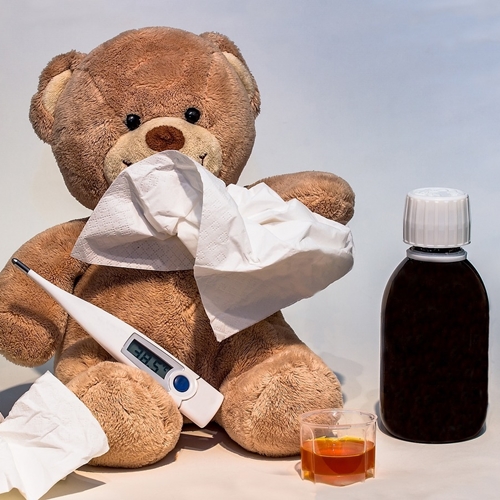
Carpet Stain Removal FAQs
One way to prevent stains is to establish "no shoes" policies indoors and use rugs or mats in high-traffic areas. Additionally, promptly clean up spills and accidents to prevent them from setting into the carpet fibers.
Yes, carpet protectants or stain repellents can be applied to carpets to help repel liquids and prevent stains from setting in. These products create a protective barrier on the carpet fibers, making it easier to clean up spills.
Train pets to use designated areas for elimination and promptly clean up accidents using enzymatic cleaners designed specifically for pet stains. Consider using rugs or pet mats in areas where accidents are more likely to occur.
Yes, placing doormats at entryways, using furniture coasters or pads to prevent indentations, and regularly vacuuming high-traffic areas can help prevent dirt and debris from accumulating and causing stains.
While some carpet protectants are available for DIY application, professional application ensures even coverage and proper adherence to manufacturer guidelines. Consider consulting with professional carpet cleaners in your area for recommendations.
In addition to regularly-scheduled carpet cleaning services, avoid dragging heavy furniture across the carpet, trim pet nails regularly to prevent snags and damage, and address any spills or stains promptly to prevent them from setting in.
Need Professional Carpet Cleaning in Arvada? Call Steve's
By following these steps and using the appropriate supplies, you can effectively remove different types of paint stains from carpeting. Remember to be patient and persistent, and always test cleaning solutions in an inconspicuous area before applying them to the paint stain. If the stain persists or you're unsure about tackling it yourself, consider seeking professional carpet cleaning services.
If you don't manage to get all of the paint out by following these steps and you need professional help, look for local carpet cleaning companies in your area. If you live in Boulder, Westminster or nearby communities, contact Steve's Carpet Care & Restoration at any time to schedule services.
